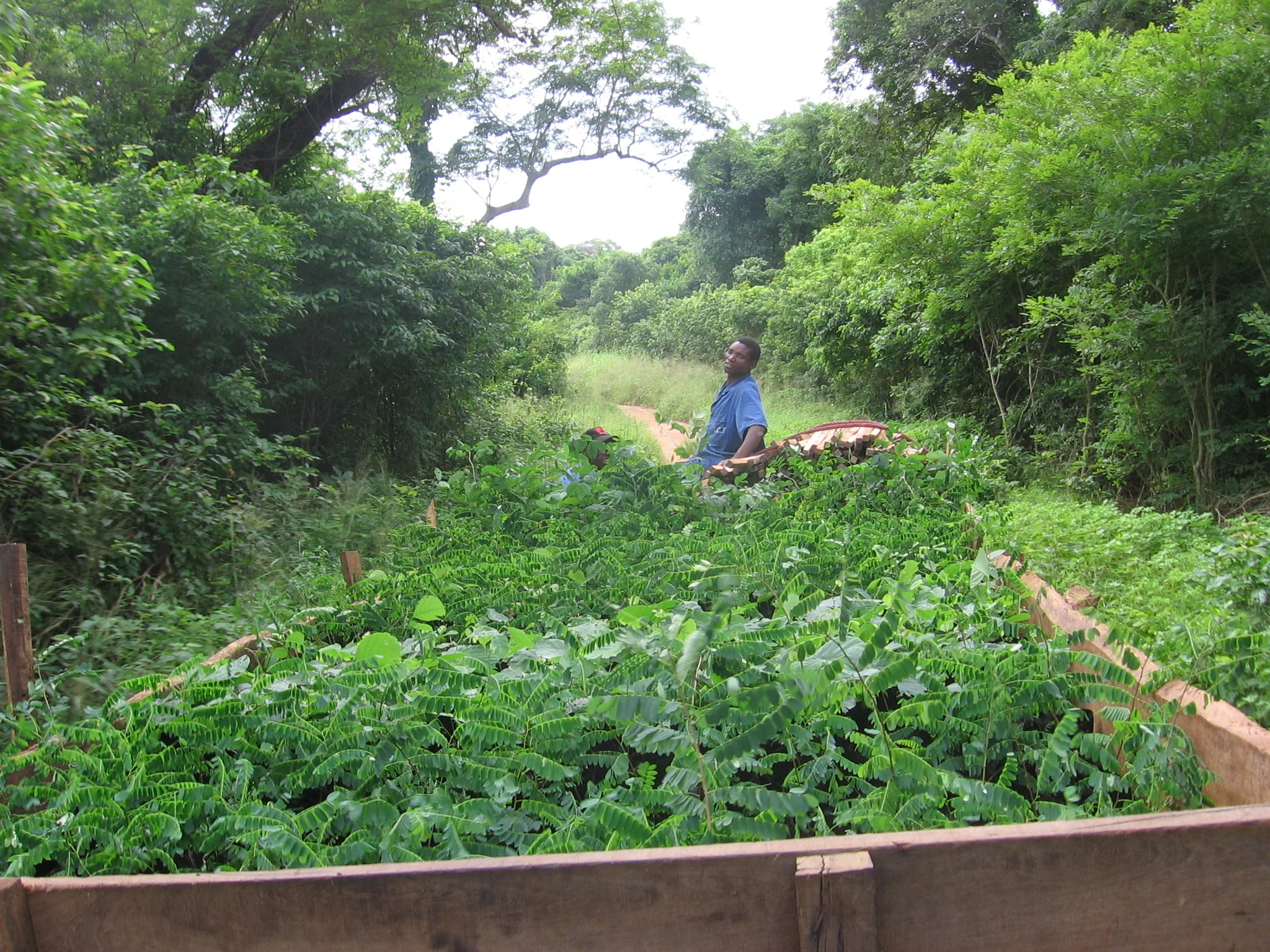Responsible and Sustainable Forest Management
Dalmann forest management is guided by these fundamental principles:
- Planning: through intensive inventories, resources are measured and evaluated.
- Selective logging: using the information gathered by the inventory, our skilled forestry teams carefully select trees to minimise the impact and take care to ensure no unnecessary disruption of nesting birds, insect colonies, ceremonial sites etc.
- Low impact logging: through the use of small-scale agricultural equipment to minimise forest disturbance.
- Monitoring and evaluation: by recording, monitoring and evaluating all operations TCT Dalmann can asses the impact.
- Maximum utilization: through the manufacture of added value furniture products, turnings, bee hives and housing we maximise the use of every tree extracted. Sawmill waste is used to heat the timber drying kiln and water systems at M’phingwe. This philosophy is extended to non-timber forest products including tourism and honey.
- Natural regeneration: by protecting the forest, principally from fire, it is offered the best chance for natural regeneration.
- Coppice management: a highly successful system of managing the coppice offshoots to promote new growth from stumps.
- Reforestation: by replanting at a ratio of 4 new indigenous hardwood trees to every one felled, Dalmann ensures we put back more than we take out. To date we have reforested over 80,000 hardwood trees.
Below is a series of photos showing the some of the forest practices employed by Dalmann Mozambique
It all starts with detailed and intricate planning. The guiding documents are the Forest Management Plan, Forest Inventory and Environmental Impact Assessment but the planning had to be far more detailed. The Dalmann concession is divided into 27 rotational blocks. Prior to operations starting Integrated Forest Inventories are conducted which entails detailed plotting of all viable trees, mapping roads, identifying and protecting wildlife areas, nesting birds, insect colonies and cultural sites.
All the data captured is interrogated with satellite mapping
Low volume and low impact felling and extraction is fundamental to a sustainable harvest. Dalmann extracts 2,400M3 of logs per year from the 25,000 hectare concession. Based on a 27 year rotational cycle extraction rates are below 2.3M3 per hectare.
Harvesting at the extreme base to promote coppice growth
All loading done manually to avoid heavy equipment on the forest floor
Extraction using small agricultural tractors to minimise impact
Transportation using tractors and trailers to prevent heavy trucks entering
The post fell restoration is an import aspect of the forestry operations. By doing post fell clean up
Furrows felt by log extraction.
Or using a harrow
So it can be converted into a road/fire break to be used as part of the Catapu network
Roads that are closed are planted with indigenous saplings to assist with forest regeneration.
All extraction tracts are repaired either manually
Preparing the area
Or prepared to be closed and to encourage forest coverage once again.
Fortunately many of the commercial species harvested by Dalmann coppice after they have been felled. This coppice is multi-stemmed and unless managed will die. Although a massively labour intensive job, Dalmann do post harvest management of all stumps.
Multi-stemmed coppice that will die if not managed post harvest.
Managed coppice where the two or three most dominant offshoots are selected for management.
Examples of well established coppice through post fell management.























